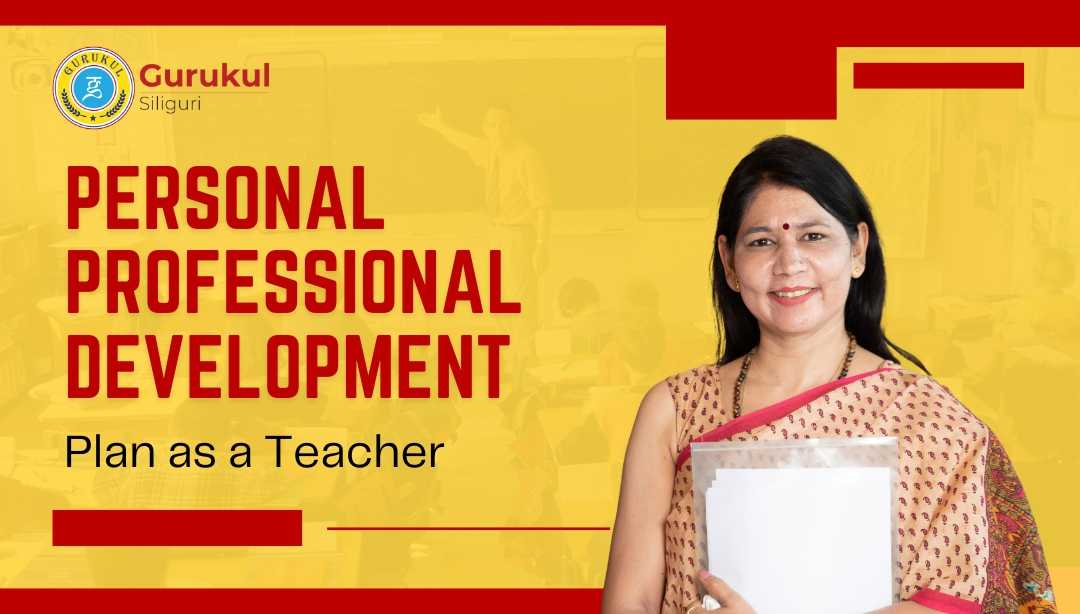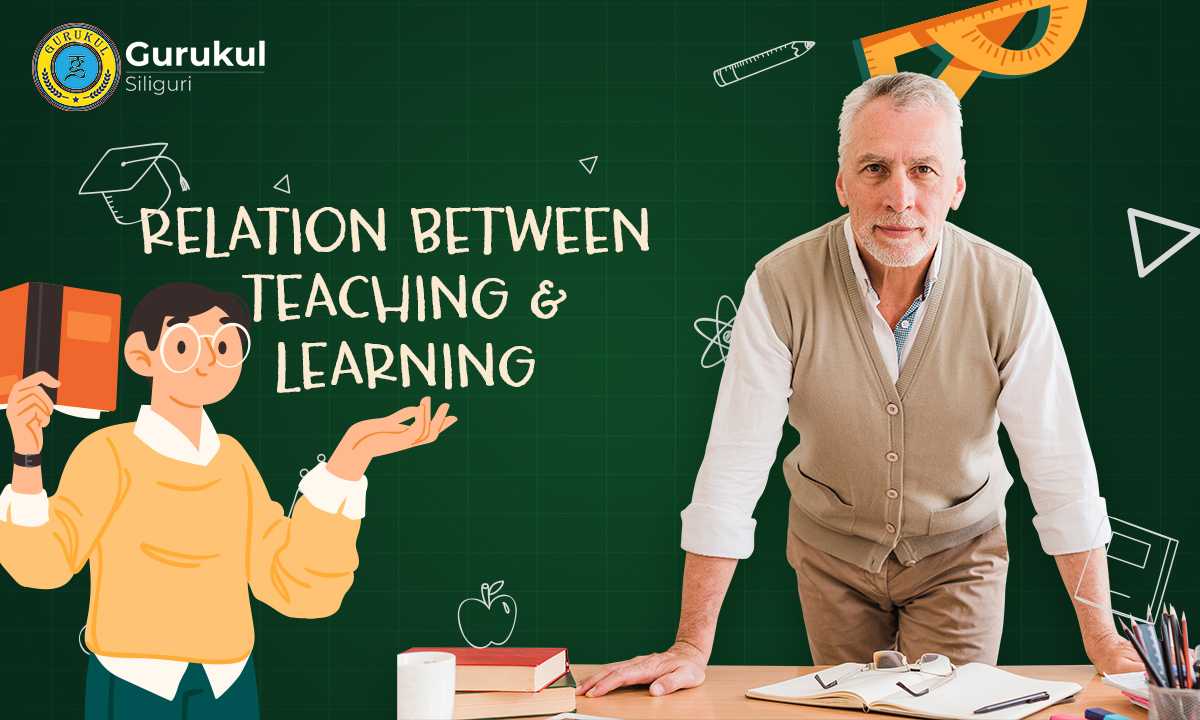If you are a teacher, then creating a daily lesson plan is an essential part of teaching, but it can sometimes feel like a time-consuming task. With the right strategies, though, you can streamline this process and create effective, efficient lesson plans.
To create a time-saving daily lesson plan, start by setting clear, achievable objectives and using a simple, reusable template. Incorporate resources and activities that can be easily adapted, focusing on active learning to keep students engaged. Plan for smooth transitions between activities to avoid wasted time, and remain flexible to adjust based on students’ needs. Prioritize key content to stay focused, and reflect on each lesson to improve future planning. Leveraging technology can further streamline the process, making lesson planning faster and more efficient.
Here are some practical daily lesson planning tips to help you save time and stay organized.
1. Set Clear Objectives for Each Lesson
You need to establish a clear objective keeps both you and your students focused on the intended outcome of the lesson. It helps you avoid unnecessary detours and provides a reference point for assessing progress.
The process to do it is simple and for that first start each lesson plan with a specific, measurable goal that fits within your curriculum. Make sure it’s achievable in the time you have and relevant to students’ learning needs. Examples include, “Students will be able to solve quadratic equations” or “Students will understand the causes of the French Revolution.”
2. Use a Simple Template
You need to have a structured template to follow that saves you from reinventing the wheel each time you sit down to plan. It also ensures that you cover all the essential components of a lesson.
To do it you can create a basic template that includes sections for the lesson objective, materials needed, introduction, main activities, conclusion, and any homework assignments.
3. Incorporate Reusable Resources
It is important to know that development of new materials for every lesson can be a huge time taking. Using pre-made resources or creating ones you can reuse helps you plan more efficiently.
You must look for resources online that fit your curriculum, such as worksheets, videos, or interactive activities. Organize them into folders by topic, so you can quickly find them when needed. Alternatively, create generic activities that can be adapted to multiple lessons, such as group discussions, role-plays, or question-answer sessions.
4. Focus on Active Learning
You can follow active learning techniques—where students are directly engaged in their learning—can be more effective and time-efficient than passive learning methods. It encourages critical thinking and helps students retain information better.
You should incorporate activities that encourage students to participate, such as group work, discussions, or hands-on projects. These methods tend to require less lecture time, making the lesson more dynamic and saving you the time of re-explaining concepts.
5. Be Flexible with Timing
Even if you come with the best planning, lessons don’t always go as expected. Flexibility allows you to adapt to students’ needs, whether that means spending more time on a challenging concept or skipping an activity if they’re ready to move on.
That is why instead of planning your lesson minute by minute, give yourself a general timeframe for each section of the lesson. This way, you can adjust as needed without feeling like you’re falling behind.
6. Reflect and Improve
You must reflect on each lesson helps you identify what worked well and what didn’t, allowing you to make improvements for the future. This ongoing process ultimately saves you time by helping you build more effective lesson plans.
So, after each lesson, take a few minutes to jot down any observations. Did students struggle with a particular activity? Was there a section that took longer than expected? Use these notes to refine your approach for next time.
7. Leverage Technology for Efficiency
Technology can be a great time-saver, offering tools to help you organize resources, create engaging content, and collaborate with other educators.
You need to use digital tools like Google Slides for creating interactive lessons, or learning management systems like Google Classroom to streamline assignments and feedback. You can also explore online lesson planning tools, many of which offer ready-to-use templates and resource libraries.
Conclusion
Creating a daily lesson plan doesn’t have to be a time-consuming ordeal. By setting clear objectives, using templates, leveraging technology, and staying flexible, you can make the process quicker and more efficient. These daily lesson planning tips not only save you time but also ensure that each lesson is focused, engaging, and impactful for your students.
Read More Interesting Blog Post:
How to Build a Personal Professional Development Plan as a Teacher
Exploring the Relation Between Teaching and Learning for Better Outcomes
The Importance of Education: Why Education Matters More Than Ever
Life After B.Ed Career Opportunities You Need to Know




